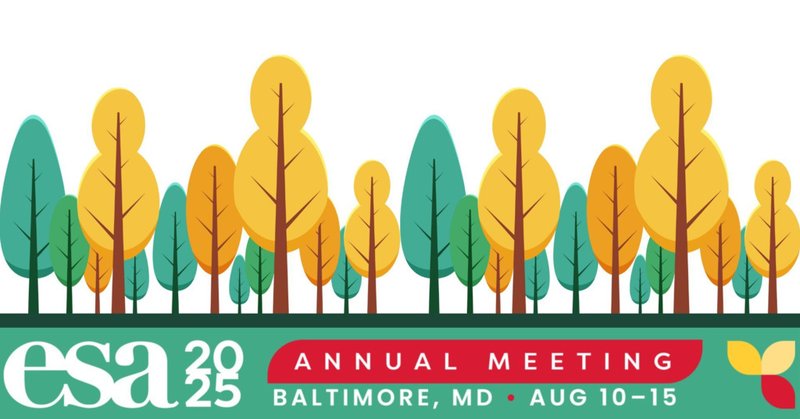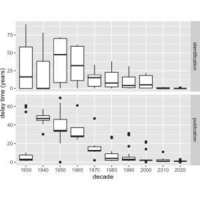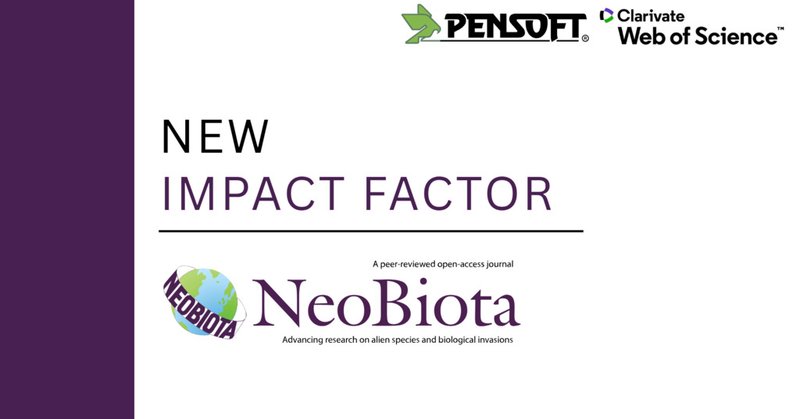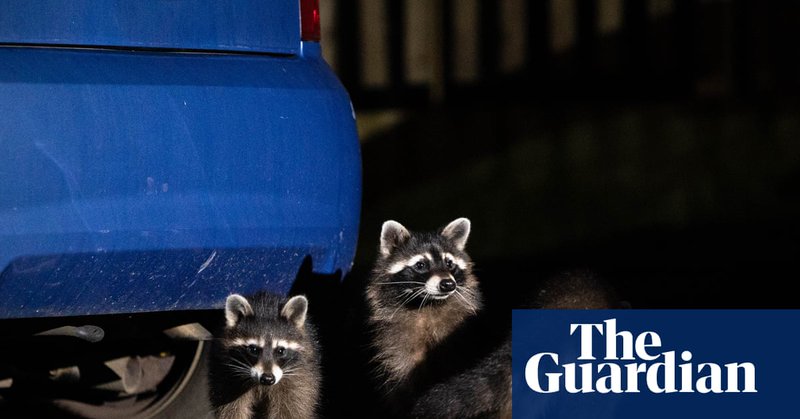
NeoBiota
@NeobiotaJournal
Followers
2K
Following
1K
Media
604
Statuses
2K
#OA journal for research on biological invasions. Now on Bluesky: https://t.co/F2QPGpLPMN
Joined December 2010
We are moving to Bluesky! Keep up to date with the latest research on biological invasions over there and on Facebook. 🔵 https://t.co/7ned5BcTNP
https://t.co/HmmkW9Aqam
0
0
1
We'll be in Baltimore next month for the @ESA_org annual meeting - come say hi to us at the @Pensoft stall! https://t.co/dWEkgCDeyl
neobiota.pensoft.net
The Pensoft team will take part in the upcoming 2025 Ecological Society of America annual meeting in Baltimore, U.S. Expecting over 3,800 participants from more than 40 countries, this year’s...
0
0
2
Argument maps can support decisions to declare the presence of alien species: South Africa as a case study. 🔗 https://t.co/1mi2zvE4TZ
@neobiotajournal
preprints.arphahub.com
Accurate alien species lists are essential for effective biodiversity policy and regulation. However, the evidence that a species is present at a site can be weak. In South Africa, of the 560 taxa...
0
1
0
Plastic Pollution Meets Biological Invasions: A Systematic Review of Emerging Interactions. 🔗 https://t.co/SHyWSQUr2x
@NeobiotaJournal
preprints.arphahub.com
Plastic pollution and biological invasions are two of the most pervasive and persistent drivers of ecological change. Although both have been widely studied in isolation, their potential interactions...
0
1
1
Invasive pythons in southern Florida continue to thrive in cases where ingested items pierce their gastrointestinal tracts and enter their coelomic cavities, underscoring their adaptability as apex predators. 🔗 https://t.co/rK90Cg8Aew
#invasivespecies
neobiota.pensoft.net
Burmese pythons (Python molurus bivittatus) and African rock pythons (Python sebae) have established invasive populations in southern Florida, severely disrupting local ecosystems. We analysed...
1
0
1
By observing Oenothera drummondii in coastal ecosystems, researchers demonstrate the ability of unmanned aerial vehicles to identify herbaceous invasive plant species. 🔗 https://t.co/aBH0t2GnmN
1
3
2
Optimizing invasive species distribution models: a test with the giant hogweed in Switzerland. 🔗 https://t.co/1oBg9X5AQI
@NeobiotaJournal
preprints.arphahub.com
Invasive alien species are one of the primary drivers of biodiversity loss and cause great economic damage worldwide. They can be managed, but anticipating their invasions is paramount. This can be...
0
1
2
The first publication of our research group @BiTE_UHasselt within the @CMK_Uhasselt on invasive land planarians! Nice Dutch-French-Belgian collaboration with financial support of the @Secretariat_IAS at @BelgianNatural.
In order to design effective policy to control the spread of non-native land flatworm species across Europe, researchers explore the distribution of select species across the continent, with a focus on the Netherlands. 🔗 https://t.co/GXbxY2wV2B
0
2
10
In order to design effective policy to control the spread of non-native land flatworm species across Europe, researchers explore the distribution of select species across the continent, with a focus on the Netherlands. 🔗 https://t.co/GXbxY2wV2B
0
6
9
The substantial delay between the naturalisation and publication of grasses in Hawai‘i is illustrative of a wider problem among many taxonomic groups around the world, which is hampering the study of the spread of invasions globally. 🔗 https://t.co/aa9tYyo5KB
@uhmanoa
neobiota.pensoft.net
As introduced plants spread across the world, botanists documented their naturalizations—self-sustaining reproduction in new geographic areas—through herbarium specimens and published reports, the...
0
0
0
Researchers compare basal metabolic rates, body and nutritional condition and body size between native and invasive common waxbills in South Africa. 🔗 https://t.co/c9ZwHPjvOs
0
0
1
Functional trait interactions drive seed buoyancy and dispersal strategies in Echinocystis lobata. 🔗 https://t.co/CRQSzMLBmz
@NeobiotaJournal
preprints.arphahub.com
Echinocystis lobata is an invasive vine species that successfully colonized riverine habitats in Central and Eastern Europe. Although barochory and blastochory have been considered the main mechani...
0
1
1
Lessons and challenges in creating alien species lists: insights from South Africa's national reports on the status and management of biological invasions. 🔗 https://t.co/e55hfQpgiH
@NeobiotaJournal
preprints.arphahub.com
Information on the number of alien species present in a country, their status (establishment, distribution, impacts), and how they entered and move around the country is crucial for effective...
0
1
1
Mathieu Denoël of the University of Liège presents insights from paedomorphic newts in introduced populations. 🔗 https://t.co/qsKZtGNTFp
#invasivespecies
0
1
3
Researchers present the first description of shell disease in the non-indigenous Atlantic rock crab (Cancer irroratus) in Icelandic waters, including a significantly concerning upward trend. 🔗 https://t.co/5YmPoECe4O
0
2
7
NeoBiota has received a new Journal Impact Factor and remains in Q1 for Biodiversity Conservation. https://t.co/5eqATh4xbR
neobiota.pensoft.net
The 2024 Journal Impact Factor (JIF) for NeoBiota stands at 3.0, according to the latest Web of Science data, reports ARPHA Platform’s Indexing team. The journal remains in Q1 for Biodiversity...
0
0
5
A new article from the Guardian explores the spread of invasive raccoons in Europe, featuring research from our journal on their diet of endangered mussels in western Poland. https://t.co/Owgd7zGR42
theguardian.com
Many in Kassel have embraced the animal but the EU classes it as an invasive species and ecologists are divided about what to do next
1
3
4
The invasive North American Impatiens capensis could colonise European habitats of native Impatiens noli-tangere, raising concerns over the native species' long-term persistence due to its narrower ecological tolerance and weaker performance. 🔗 https://t.co/X50ezQ1FSg
0
2
6
From detection to action—a proposed workflow to ensure first reports of alien species from molecular analyses are acted upon. 🔗 https://t.co/3AOoPjLDMM
@NeobiotaJournal
preprints.arphahub.com
Biosecurity is crucial for managing biological invasions, yet communication gaps between detection and action often hinder timely responses. In South Africa, the polyphagous shot hole borer (Euwall...
0
2
2








